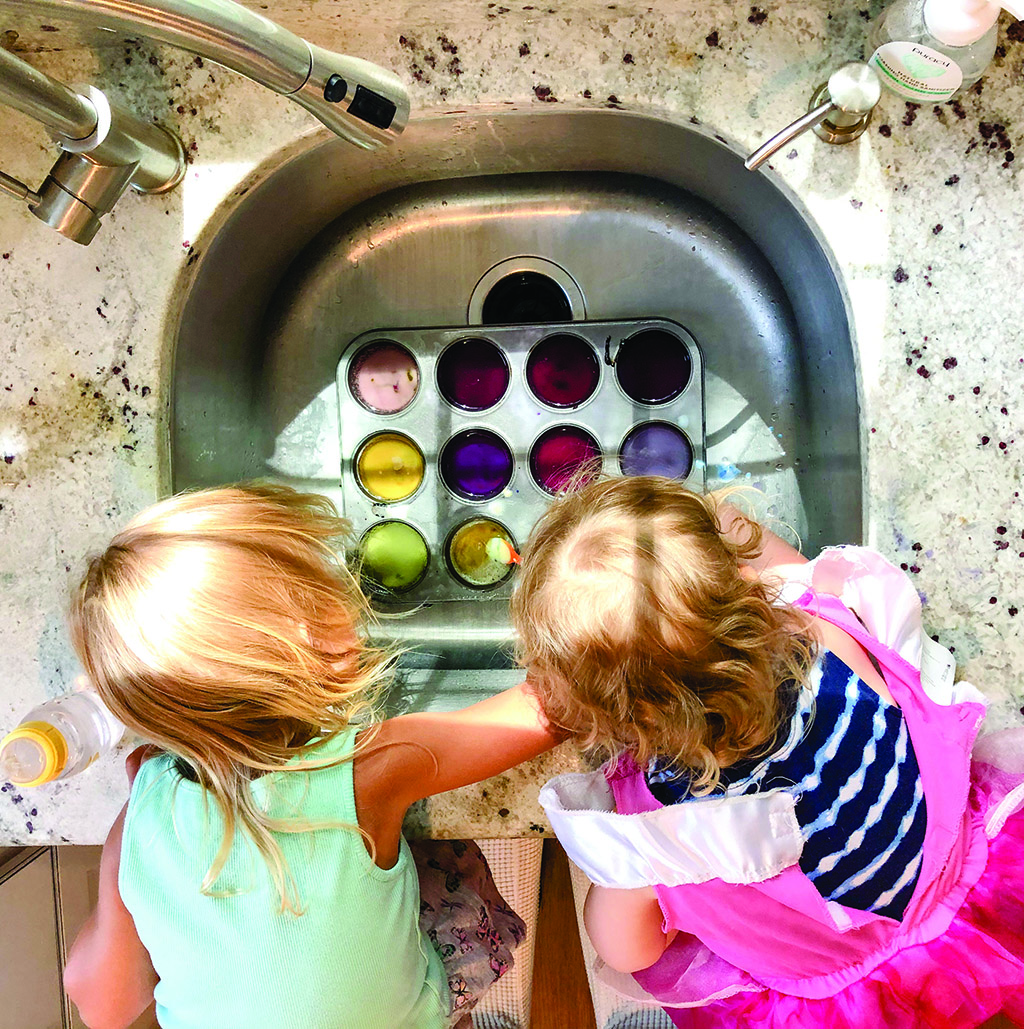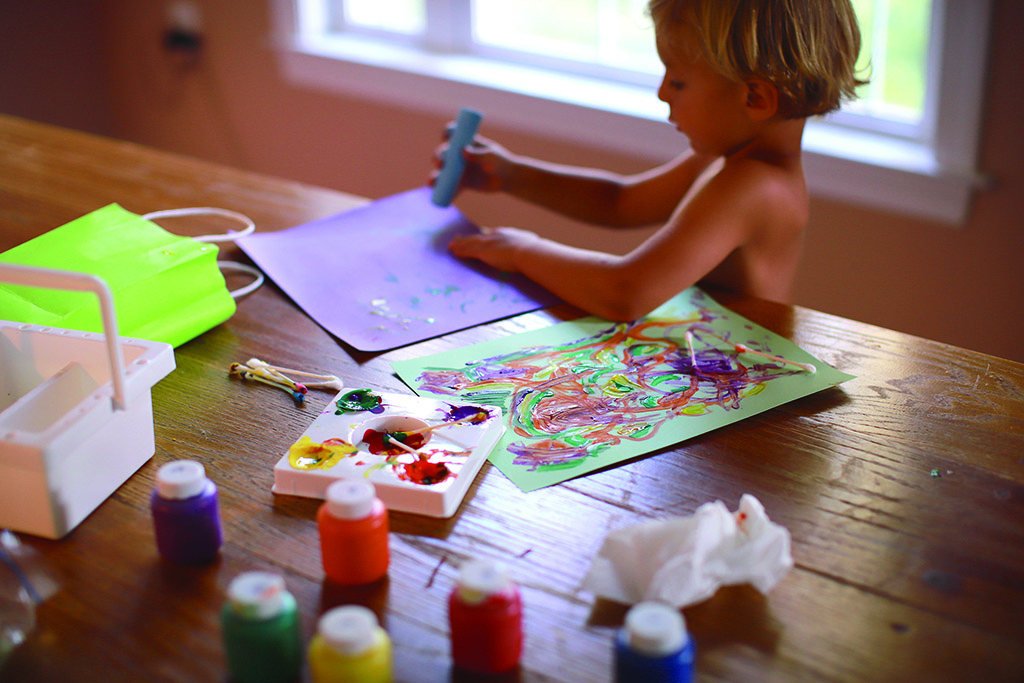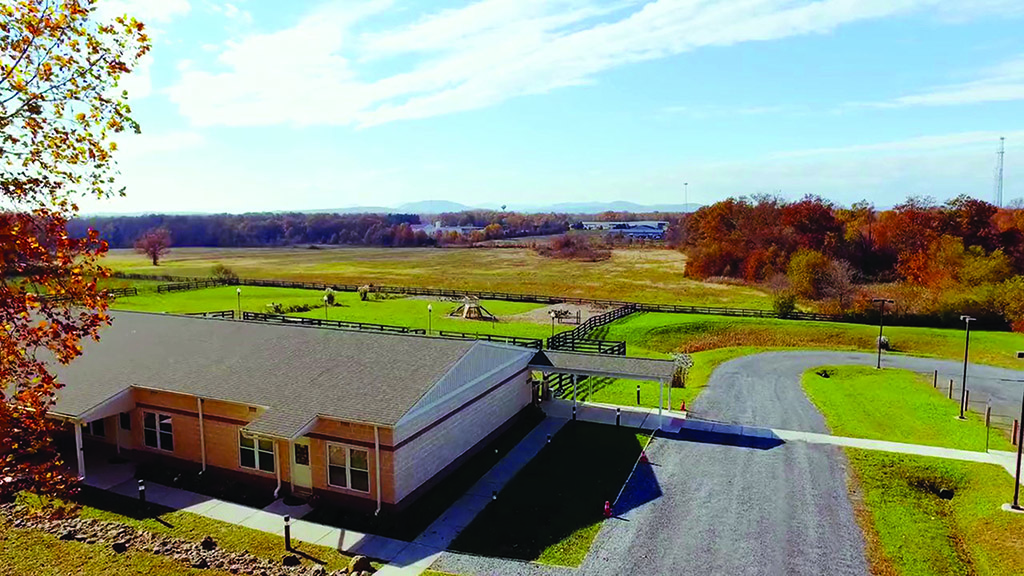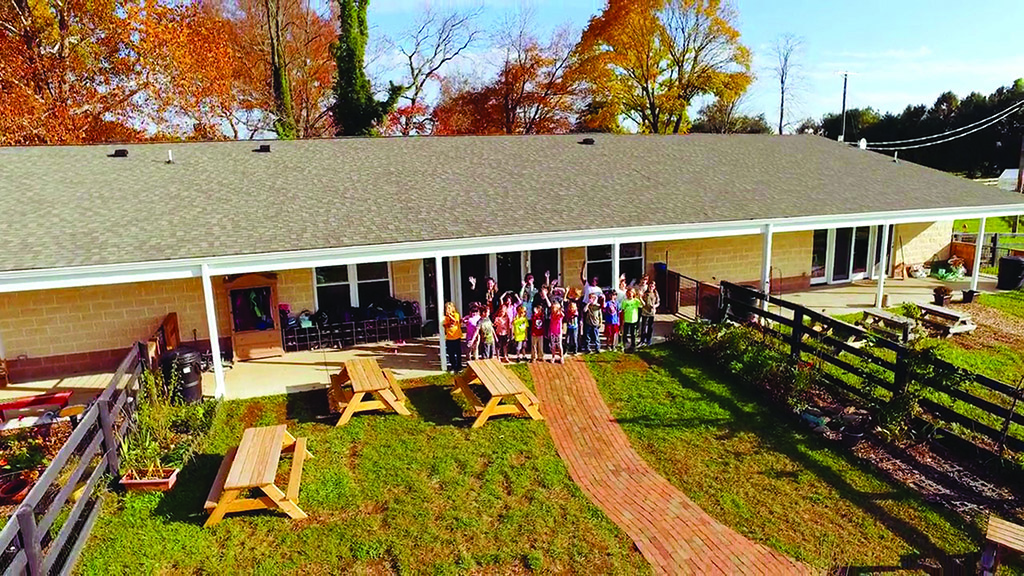From Crisis Schooling to Alternative Schooling: Selecting the Best Option for Your Child

By Chelsea Rose Moore
Nobody could have anticipated the events of 2020. The way we shop, interact, and work is drastically different from this time last year. For parents of school-aged children, the spring semester’s traditional, in-person learning turned overnight into “crisis schooling” at home.
Many parents struggled to balance working from home with keeping children busy and focused on school. As the months progressed, frustrations grew for both parents and kids, prompting many to look toward alternative options and ask difficult questions about the school year.
While school districts have announced plans for the 2020-2021 school year, parents have agonized over their own decisions as they prioritize the safety and wellbeing of their children. No one knows what the rest of 2020 will hold, but regardless, kids must still start school this month.
Purcellville mom and Middleburg Life writer Shayda Windle has struggled through the concept of distance learning with her son, Will, who is going into second grade this fall.
“I loved being able to sit next to him and see how his brain worked when I went through different activities with him last year,” she said. “One of the silver linings from all this is that my family has gotten much closer because we’ve had so much more time together. As a mom, it was amazing to watch Will learn new things right before my eyes.”

Homeschooling photo by Libbi Moore.
Windle said one of the biggest challenges of distance learning last spring was the limitation of teacher-led instruction to one hour a week via Google Classroom. During the rest of the week, parents were responsible for helping their kids through the curriculum.
“I think it was very difficult, but I don’t think I’m alone in that,” she said. “Especially for anyone that has to work, we are taking on the role of the teachers.”
But every teacher is approaching distance learning differently, and Windle is optimistic about the upcoming school year.
“I definitely hope that going to the 100% distance learning program this fall, there is more teacher involvement, but also more assessments and expectations communicated to parents,” she said. “There isn’t a perfect solution right now for anyone in public schools.”
During the spring, her son Will told her a few times, “I love school with you, Mom!” His statement helped her realize she needed to do more of the things that drove and pushed him: more learning games, more applications, more teaching to his learning style.
Learning As A Lifestyle
For parents who choose traditional homeschooling, this concept of personalized learning is deeply woven into their approach to individualized education.
There’s no such thing as one-size-fits-all homeschooling. With a variety of homeschooling methods — Waldorf, Montessori, Charlotte Mason, classical — and hundreds of curriculums, co-ops and extra-curricular programs, there is something to suit every parent and child’s learning style and needs.
Homeschooling can be many things, but as a homeschool graduate myself, I would best describe it as a lifestyle. My brother and I did science experiments at the kitchen table, poetry recitations while sitting in the grass, and multiplication tables in the car. Recess was running barefoot in the backyard, digging in our garden, or searching for wildlife in a nearby forest. My homeschool years were a season of wondering at the natural world, falling in love with the act of learning, and letting my creativity and imagination run free.
Sarah Hall, a second-generation homeschooler living in Round Hill, attended a private school through fourth grade, when her parents decided to homeschool her. Soon after beginning school at home, the holes in her education became evident. Her mother retaught her fourth-grade grammar and moved her up a grade in math.
“That’s the beauty of homeschool,” Hall said. “You don’t have to fit inside a box within homeschooling. You can pick different things that will work for your kids. We are doing Charlotte Mason and Montessori and cultivating a love of learning.”
Her daughter Heather, 4, is a perfectionist and “desperately wants to learn to read.” After looking through a wide spectrum of curriculum, Hall chose a program that turns reading into a game. As she considered her daughter’s other interests, she selected a separate math program.
Over the past year, Hall led an informal preschool co-op in her home. Using the “Busy Toddler” curriculum, she hosted 12 preschoolers and took turns teaching the unit with other parents. In her co-op, one parent taught the lesson, while another family brought a snack to share, and other parents would assist with teaching, rotating roles each week.
“Homeschooling is flexible,” she said. “If something really captured the attention of the kids, it was OK to pause the plan and focus on that. If something wasn’t capturing their attention, we didn’t have to focus on it. That’s the beauty of being outside a classroom.”
Hall has relied on Facebook groups to discuss curriculum, ask questions, and find supplemental learning materials. She said that the spring’s “crisis schooling” experienced by parents of public-schooled children was drastically different from home schooling.
“All the crisis school materials were from teachers trying to replicate the classroom,” she said. “That’s what teachers knew, and that’s what they sent home. There’s an aspect in homeschooling of the parent learning alongside the child. I have intimate knowledge of what my daughter has done before to inform what she does next. With crisis schooling, there was no emotional prep; there was no academic prep. Being prepared for it — even just emotionally — is important. Being taught in a classroom and being taught at home feels entirely different.”
For the fall, Hall has selected a few kindergarten programs to use with her daughter, borrowing aspects she likes best from each one. She’s also enrolled in The Orchard, a Purcellville-based cooperative providing classical education programs for K-12.

Homeschooling photo by Jennifer Gray.
“You can’t please all the people all the time, as we figure out what is the best approach and what is the safest approach,” she said. “Homeschools, public, and private schools are having to make the same decision. Hopefully everyone will have lots of grace and patience.” — Davis
The Orchard currently enrolls 127 students and has operated as a homeschool coop for six years. The group takes field trips that correspond with learning objectives and offers weekly classes for K-12. High school classes include literary analysis, chemistry, and electives.
The Orchard’s director, Andrea Davis, has been homeschooling her three girls, aged 14, 12, and 9, since they were in preschool. Davis and her husband both attended public school, but her husband convinced her to start homeschooling their oldest daughter in order to take charge of their education and go at the pace best suited to their children.
Her favorite part of homeschooling is the extra time she’s been able to spend with her daughters. “I’ve gotten to truly know them, because I’m with them most of the time,” she said.
Even after 10 years of homeschooling, she still has to remind herself that her days don’t need to look like public school. “Homeschooling is not for everybody,” she said. “It’s not going to fit well into everyone’s life, but I think a lot more people could do it if they gave it a try. It’s not going to be easy, but it’s not impossible either.”
Just like public and private school administrators, Davis and her team are making hard decisions about the upcoming school year.
“You can’t please all the people all the time, as we figure out what is the best approach and what is the safest approach,” she said. “Homeschools, public, and private schools are having to make the same decision. Hopefully everyone will have lots of grace and patience.”
For parents interested in homeschooling, the Home School Legal Defense Association in Purcellville offers legal services to protect the rights of homeschoolers, resources for homeschooling, information on state requirements and testing, and tips on navigating homeschooling for kids with special needs or learning disabilities. They also provide personalized guidance from educational consultants, from choosing curriculum to making a transcript.
A Montessori Alternative
While some parents switch to homeschool, others hire tutors or build “micro-schools” for the fall. Single parents or families with two working parents are often unable to homeschool but may still desire an educational alternative.
Montessori programs are a popular alternative method, combining individualized education, a classroom setting, and self-autonomy.
“Children want to learn; children want to know,” Edel Kunkel, the founding head of Mountainside Montessori, said. “Children are highly motivated to learn and explore. You keep making the environment more complex, and [they will] continue to be joyful learners. Children are workers; it’s our system that makes them less curious or not good workers. Give them the tools as they grow and understand what their developmental needs are.”

Kunkel started the school in 2003 to give her own daughters a Montessori education. Her first class began in her basement, and the school grew to take over her entire house. In 2015, the school moved to its current location in Marshall.
“Instead of buying furniture, we bought Montessori,” she said. “I knew that if we were going to spend our money on anything, we were going to make sure our children had a Montessori education. I believe in it 100% for any human. Montessori believes children came with everything they need to reach the full human potential. They were born with that.”

Mountainside Montessori. Photographed by Bryan Esposito.
“Montessori believed children who were raised with that [exposure] respect nature and become someone who is more of an environmentalist. They will promote global change versus someone who has never had that and doesn’t know where their food comes from.” —Kunkel
Growing up on a cattle and dairy farm in Ireland, Kunkel’s love for agriculture and the natural world is deeply ingrained into the heart of Mountainside. The school adheres to the high standards of the Association Montessori Internationale and subscribes to Maria Montessori’s vision of educational excellence. The school is situated on a farm with pigs, chickens, and goats. A flourishing garden, nature trails, large boulders, plants, and trees are designed to welcome childhood exploration and imagination.
As part of their education, small children learn to compost and collect chicken eggs. By the time they reach middle school, they’ve learned to run the farm themselves by selling meat and eggs, managing the farm’s business, doing the the marketing, and handling Quickbooks.
“I am a naturalist and a gardener,” Kunkel said. “I wanted to create an environment where children love and become comfortable with bugs. Montessori believed children who were raised with that [exposure] respect nature and become someone who is more of an environmentalist. They will promote global change versus someone who has never had that and doesn’t know where their food comes from.”
Children of multiple ages take classes together. Teachers take every child’s unique gifts into consideration and help them learn at their own pace. Since younger children are grouped together with older children, young students learn from observing the older ones, similar to practices in a one-room schoolhouse.
In traditional schools, “You are preparing children for college; you are preparing them for one aspect of life,” Kunkel said. “Montessori prepares them for life. It’s essentially building the human potential, the human being.”
Mountainside will continue its in-person learning in the fall, with smaller class sizes, increased sanitation, and more time outdoors. Mountainside offers Zoom calls, a tour of the school, and even trial contracts. To learn more about Mountainside’s offerings, visit mountainsidemontessori.com.
All parents are facing the same difficult decision about school, a uniting factor as we navigate these uncertain times together. In this season, it is necessary for grace to abound — grace for our school administrators and teachers, grace for the parents balancing work with their child’s school, and grace for the children adapting to a new learning environment. And perhaps most importantly, grace for ourselves, as we remember every day is a new day, and at the heart of our decision, we’re each doing what is best for our children and our families. ML
This article was first published in the August 2020 issue of Middleburg Life.


